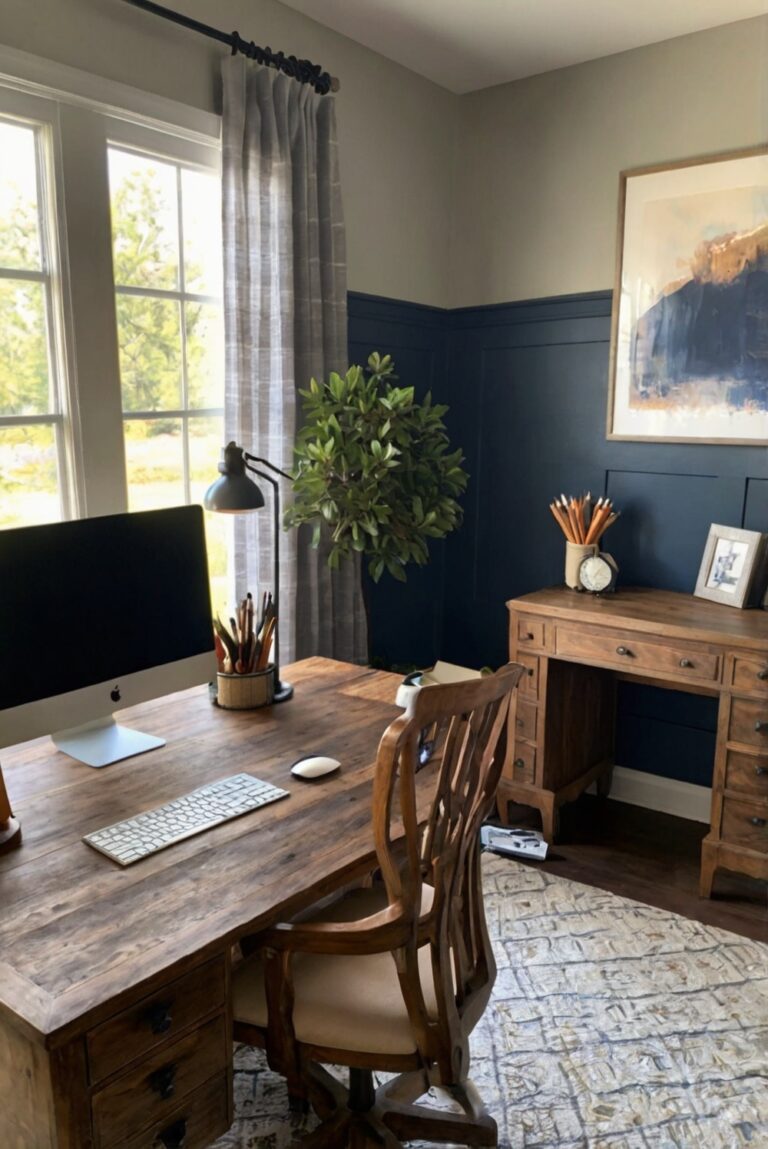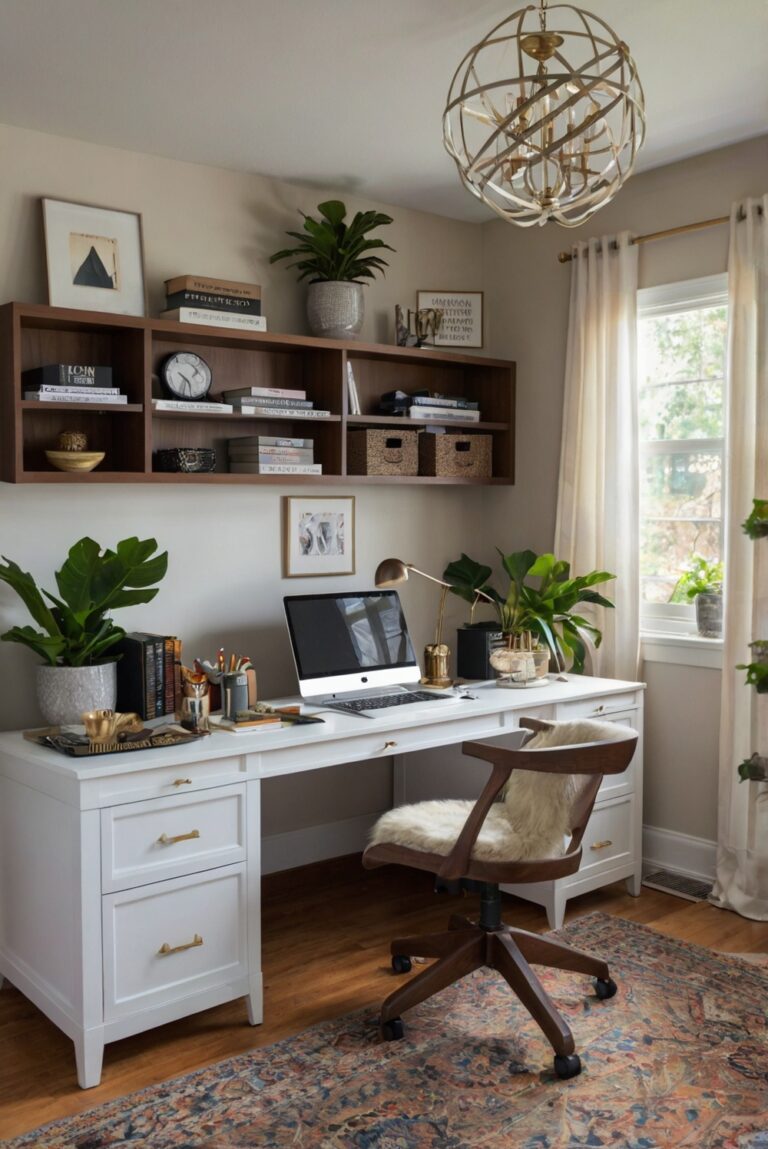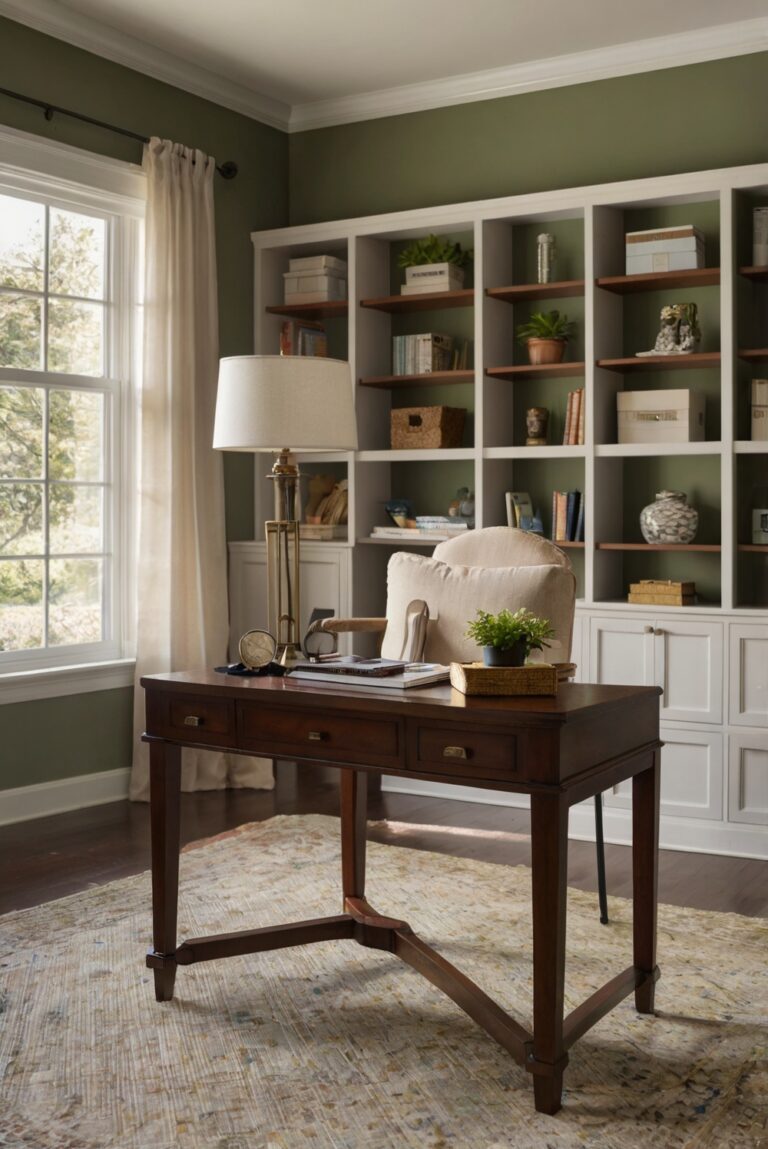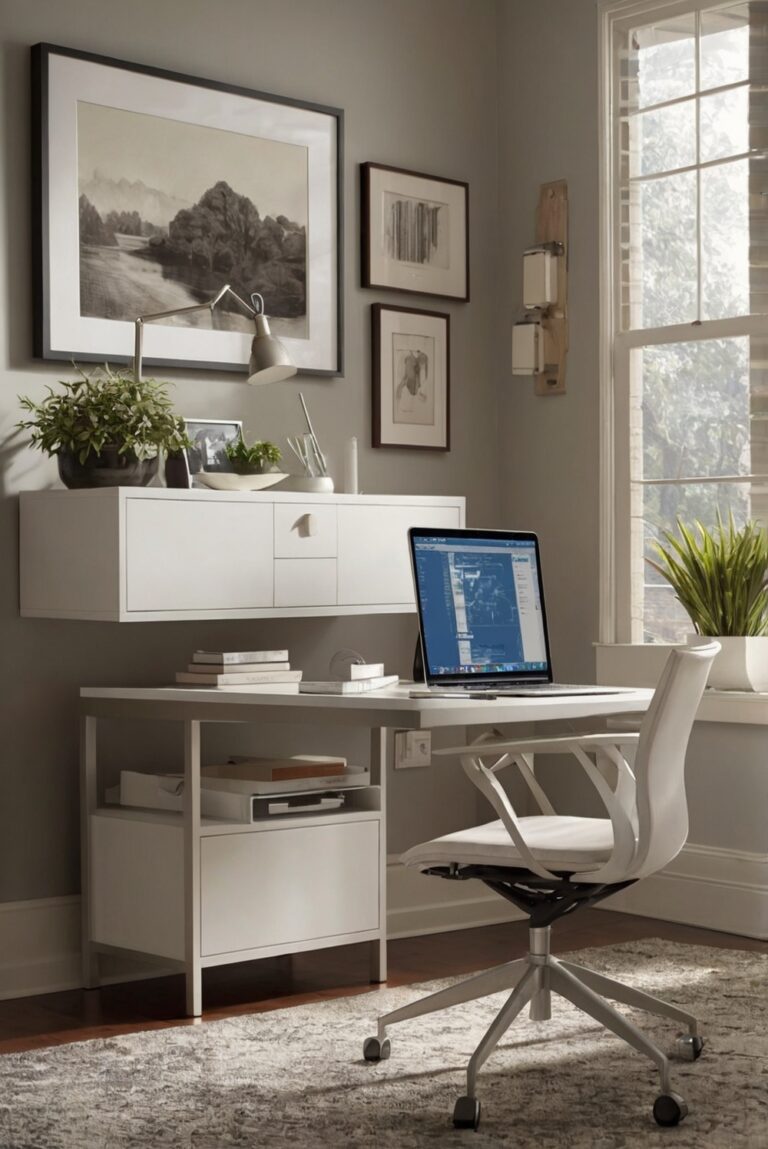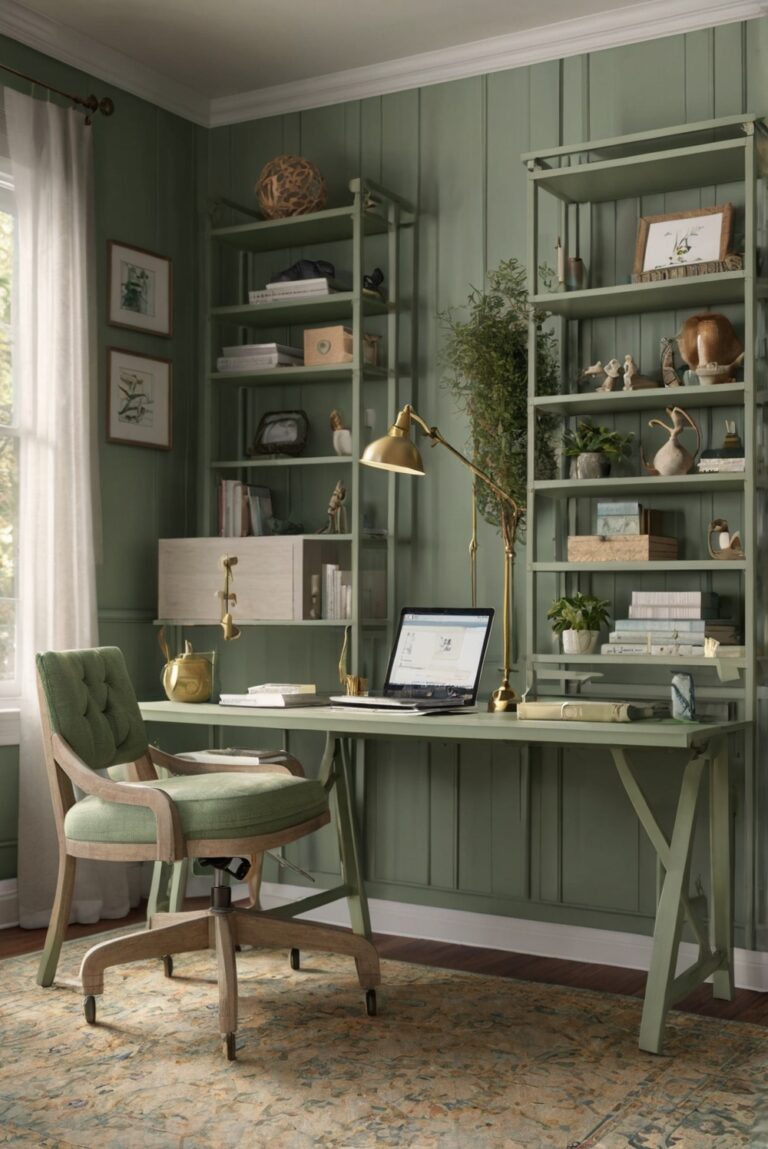Discover the top desk trends for remote workers, from ergonomic chairs to stylish desk accessories. Stay productive and inspired with these must-have decor ideas.
What are the top desk trends for remote workers?
Creative Home Decor Ideas for Remote Workers
Working from home can be both comfortable and productive with the right desk setup. Incorporating elements of home decorating into your workspace can enhance creativity and make your work environment more enjoyable. Consider adding plants or artwork to your desk area for a touch of nature and inspiration. Proper space planning is key; ensure your desk is situated near natural light for a brighter workspace. Interior design elements like color matching paint can create a cohesive and calming atmosphere. Stay organized with designated zones for work tools and personal items. With these tips, your home office will be a stylish and functional space.
– **Home Decorating**
– **Home Interior**
– **Home Interior Design**
– **Home Decor Interior Design**
– **Space Planning**
– **Interior Design Space Planning**
– **Decorating Interiors**
– **Interior Bedroom Design**
– **Designer Kitchen**
– **Kitchen Designs**
– **Living Room Interior**
– **Designer Wall Paint**
– **Primer Paint for Walls**
– **Color Matching Painting**
– **Paint Color Match**
– **Home Paint Colors**
What are the top desk trends for remote workers?
The top desk trends for remote workers revolve around **flexibility**, **ergonomics**, and **personalization**.
Remote workers need desks that can easily adapt to their changing work needs and preferences. Adjustable height desks are becoming increasingly popular as they allow users to switch between sitting and standing throughout the day, promoting better posture and reducing the risk of health issues related to prolonged sitting.
Ergonomics is another key trend, with more remote workers investing in ergonomic chairs, keyboard trays, and monitor stands to create a comfortable and healthy workspace.
Personalization is also important, as remote workers seek to make their home office space their own. This trend includes adding personal touches like plants, artwork, and photos to create a more inspiring and motivating work environment.
How can remote workers create an ergonomic workspace?
Creating an ergonomic workspace as a remote worker involves **choosing the right desk and chair**, **setting up the workspace properly**, and **taking regular breaks**.
Start by investing in an ergonomic desk and chair that support proper posture and allow for easy adjustments. Make sure your desk is at the right height so that your arms are parallel to the floor when typing and your feet are flat on the ground.
Position your monitor at eye level to reduce strain on your neck and eyes. Take regular breaks to stretch and move around to prevent stiffness and improve circulation. Incorporating ergonomic accessories like wrist rests and footrests can also enhance your workspace comfort and productivity.
What are the benefits of standing desks for remote workers?
Standing desks offer remote workers a variety of benefits, including **reduced risk of health issues**, **increased productivity**, and **improved energy levels**.
Standing desks can help reduce the risk of health issues associated with prolonged sitting, such as obesity, diabetes, and cardiovascular disease. By allowing remote workers to alternate between sitting and standing throughout the day, standing desks promote better posture and reduce strain on the back and neck.
Studies have shown that standing desks can also boost productivity and focus by increasing energy levels and reducing fatigue. Remote workers who use standing desks often report feeling more alert and engaged during the workday, leading to improved performance and job satisfaction.
How can remote workers incorporate movement into their workday?
Incorporating movement into the workday is essential for remote workers to combat the negative effects of sedentary behavior.
One way to do this is by **taking regular breaks to stretch and move around**. Set a timer to remind yourself to stand up, walk around, and stretch your muscles every hour.
You can also **use a standing desk** to alternate between sitting and standing throughout the day. Consider **taking walking meetings** or **doing quick exercises** during breaks to stay active and energized.
Investing in **ergonomic accessories** like a balance ball chair or under-desk bike can also encourage movement and improve circulation while working.
What are some tips for creating a productive home office environment?
Creating a productive home office environment involves **establishing a dedicated workspace**, **minimizing distractions**, and **setting boundaries**.
Designate a specific area in your home as your workspace to signal to your brain that it’s time to focus and work. Keep your workspace organized and free of clutter to create a conducive environment for productivity.
Minimize distractions by turning off notifications, setting boundaries with family members or roommates, and establishing a routine that allows for focused work time.
Incorporate elements that inspire and motivate you, such as natural light, plants, or calming colors, to enhance your creativity and concentration while working from home.
1. What is the importance of ergonomic desks for remote workers?
Ergonomic desks are crucial for remote workers as they promote better posture, reduce the risk of musculoskeletal disorders, and increase productivity. These desks are adjustable, allowing users to customize the height and angle to fit their needs. Studies have shown that ergonomic desks can improve comfort and reduce discomfort associated with prolonged sitting. Investing in an ergonomic desk can lead to long-term health benefits and enhance overall work performance for remote workers.
2. How can standing desks benefit remote workers?
Standing desks have gained popularity among remote workers due to their health benefits. They allow users to alternate between sitting and standing positions, reducing the negative effects of prolonged sitting. Standing desks can improve posture, increase energy levels, and boost productivity. Research has shown that standing desks can also reduce the risk of obesity, heart disease, and other health issues associated with a sedentary lifestyle. Incorporating a standing desk into a remote work setup can enhance overall well-being and work satisfaction.
3. What are the key features to look for in a home office desk for remote workers?
When choosing a home office desk for remote work, it is important to consider key features such as size, storage options, and durability. A spacious desk with ample storage can help keep the workspace organized and clutter-free. Additionally, a sturdy and durable desk can withstand daily use and provide a stable work surface. Adjustable height desks are also beneficial, allowing users to switch between sitting and standing positions. Investing in a desk with these key features can create a comfortable and efficient workspace for remote workers.
4. How can a standing desk converter improve the ergonomics of a remote workspace?
A standing desk converter is a cost-effective solution for remote workers looking to improve the ergonomics of their workspace. This device sits on top of an existing desk and allows users to adjust the height for standing or sitting positions. By using a standing desk converter, remote workers can easily transition between sitting and standing throughout the day, reducing the strain on their bodies. Studies have shown that standing desk converters can help alleviate back pain, improve posture, and increase productivity. Incorporating a standing desk converter into a remote workspace can enhance comfort and overall well-being.
5. What are some popular desk trends for remote workers in 2021?
In 2021, several desk trends have emerged as popular choices for remote workers. Adjustable height desks, such as sit-stand desks, are in high demand due to their versatility and health benefits. Compact desks that fit in small spaces have also gained popularity among remote workers living in apartments or smaller homes. Standing desk converters have become a popular option for those looking to improve their workspace ergonomics without investing in a full standing desk. Additionally, eco-friendly desks made from sustainable materials are trending among environmentally conscious remote workers. Keeping up with these desk trends can help remote workers create a functional and comfortable workspace in 2021.


